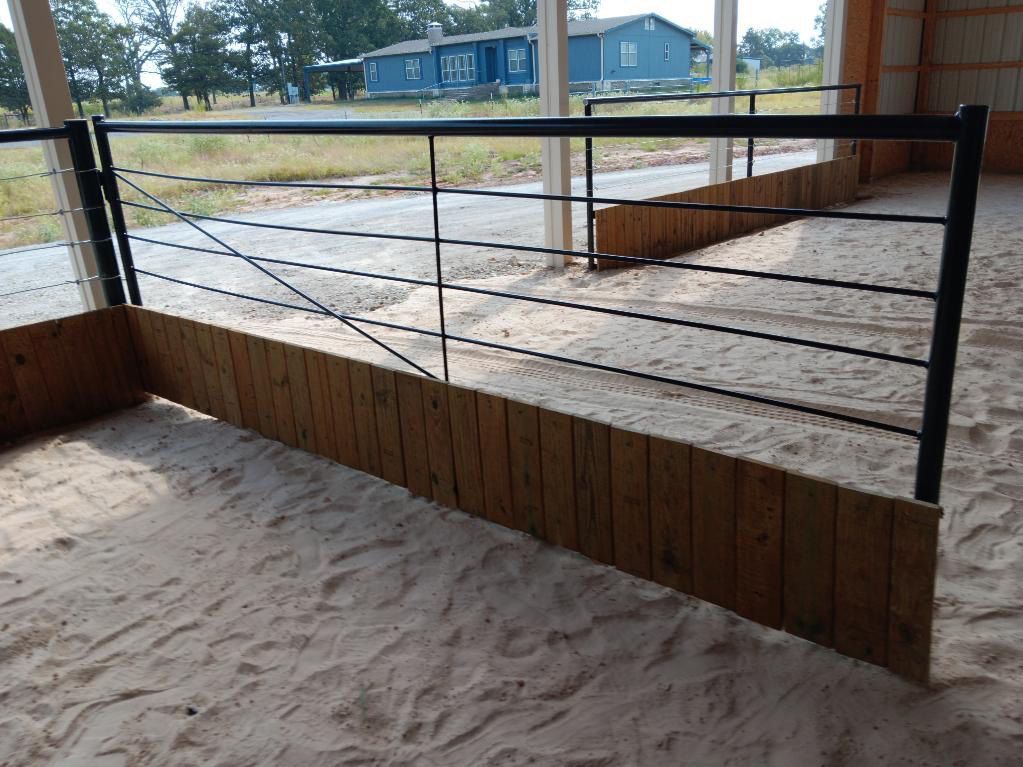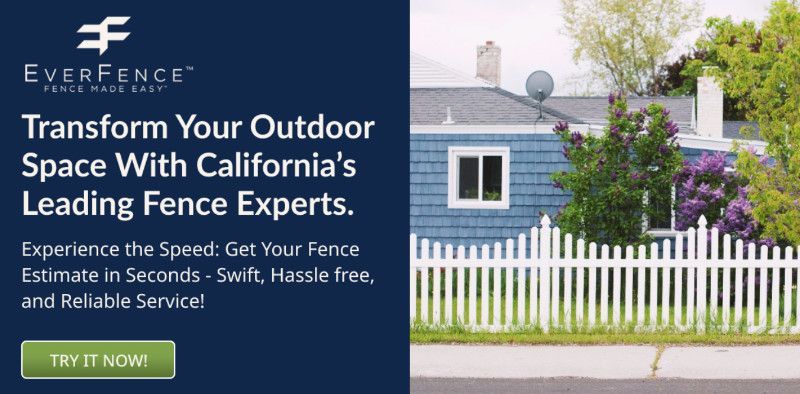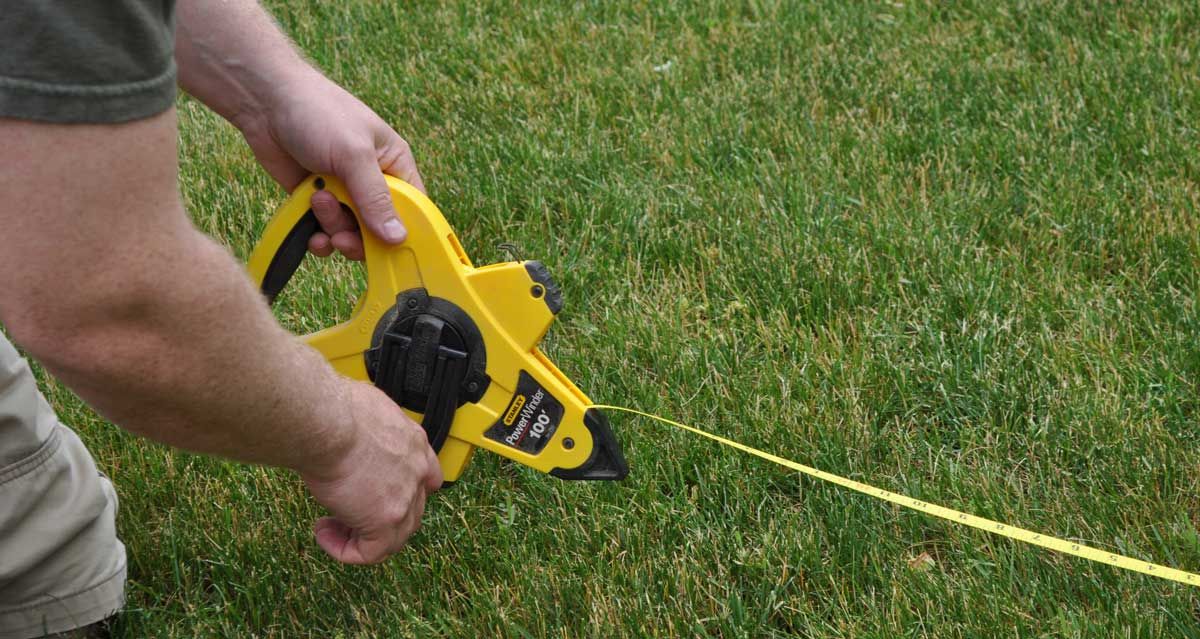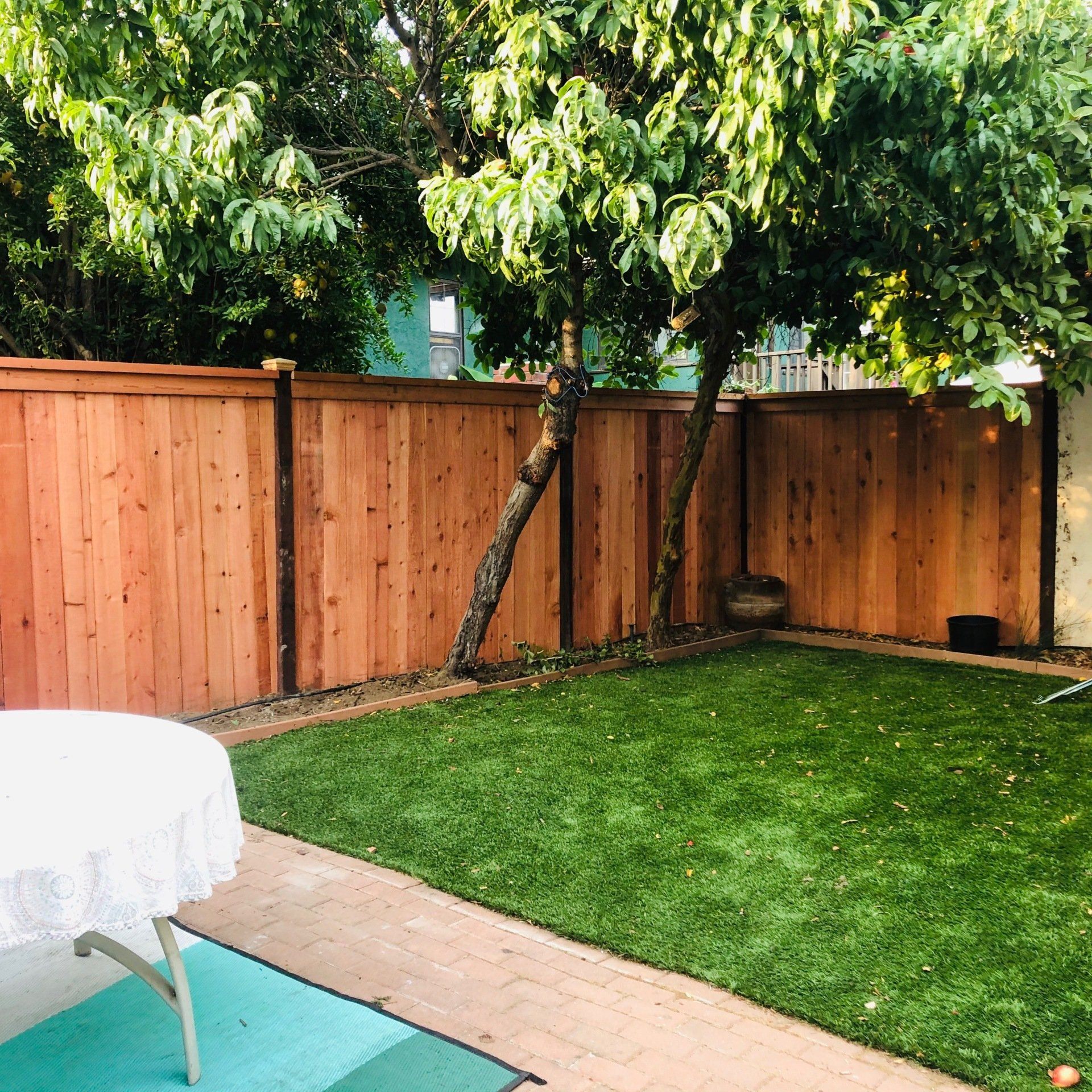Texas Fence Laws: Everything You Need to Know
Texas Fence Laws: Everything You Need to Know
Unlike many other states, Texas fence laws for property owners are minimal to non-existent. As a traditionally "open range" state, cattle farmers don't even have to corral their livestock in dozens of Texas counties.
While the Lone Star State may be lax on certain fencing laws, there are some instances where you do need to tread carefully.
For instance, sharing a fence with a neighbor? Have a HOA?
Well, that's when the state and local rules
could impact your fence construction plans.
So, before you start looking for a
Texas fence company to meet your fencing needs—hold your horses—here’s what you need to know about fence laws in Texas.
Fence Laws In An Open Range State
When it comes to fence laws, Texas is largely an "open range" state—a term that might conjure images of wandering cattle and the Wild West. Under this principle, livestock owners aren't required by common law to fence in animals, essentially making it a "fence out" state for those wanting to keep livestock off their property.
But, as is often the case, there may be exceptions to this rule.
Firstly, stock laws in certain Texas counties can pass addendums that negate this general rule of open range. These are locally enacted laws that state farmers have a public duty to keep their livestock—horses, jacks, jennies, cattle, sheep, etc.—off public roads and highways, thus changing the area from open to closed range.
So, before you simply let your livestock loose free to roam, it's crucial to understand these nuances. In some cases, you may be legally required to have a fence.
Texas Fence Laws vs. HOAs
Homeowners Associations (HOAs) often wield considerable power when it comes to dictating the look and feel of a community. Depending on the specific HOA, these organizations may enact regulations that put restrictions on fences or, conversely, outright ban fences—whether it's to maintain a certain aesthetic, safeguard unobstructed views, or comply with other considerations unique to the neighborhood.
In another state,
HOA fence rules may claim that lakefront properties can't have fences to preserve picturesque views for everyone in the community. On the surface, that seems like a reasonable ask, designed to maximize the collective enjoyment of a naturally beautiful setting. But Texas law dances to a different tune.
In 2021, the Texas Senate passed Bill 1588, which placed restrictions on HOA authority over fencing. This legislation ensures that if you own a property, your HOA cannot categorically deny you the right to a fence installation. While they can specify the
types of fences required—maybe a see-through mesh rather than a
wood fencing material—you're legally allowed to build a fence for safety or security.
That said, on Lakefronts, Code 157.02 states: “Fences on lakefront properties shall be
ornamental wrought iron or tubular steel with at least 75% open area per linear foot to maintain surrounding lake views. Fences located more than 35 feet from the rear property line of a lakefront lot and constructed entirely behind the main residential structure may be privacy fences constructed in accordance with the provisions of this chapter.”
Fence Heights—Everything’s Bigger in Texas
Most states across the U.S. tend to have a standard playbook for residential fencing heights: front yards get a 4-5 foot limit, while backyards can build fences up to 6 feet tall.
Although Texas often marches to the beat of its own drum, it
can momentarily fall in line with these typical guidelines in residential areas. According to Code 157.02, if your fence installation abuts a street in a residential area, then it's capped at a 4-foot maximum height. However, if your property doesn’t abut a street, state codes allow for a maximum fence height of 8 feet.
In agricultural areas, fences may have a maximum height of five feet and are required to be built in such a way as to “Provide for an open atmosphere.”
Boundary Fences: Your Land, Your Rules
Similarly, Texas fence laws tend to diverge from other states regarding shared boundary fences.
Unlike
California fence laws that mandate shared responsibility, Texas fence law is more hands-off. It’s every man for himself. If you pay for a fence, it's exclusively yours.
You're not obligated to share costs or maintenance for a fence your neighbor builds unless there’s a prior agreement. So, if a storm or other natural cause destroys a boundary fence, you're not legally required to contribute to its repair. However, if neighbors
do
agree to maintain the shared fence, that agreement becomes legally binding.
Texas Fencing with EverFence
Texas generally has fewer fencing restrictions than other places in the country. But there are still moments when state, local, and HOA rules can rein a property owner in. Knowing when and how to navigate these exceptions is key to having a fence construction that meets both your needs and state law.
Are you a property owner looking for
fence services in the state of Texas?
If you live in the Dallas or Fort Worth areas,
EverFence can work with you to install a fence that’s compliant and functional. Whether you want a fence that’s vinyl, wood, chainlink, iron wrought, or a custom-build, our Texas fence company offers unmatched value and expertise—and each fence comes with a lifetime guarantee.
Get an
instant quote today.
Sources:
- Agrilife. Texas Fence Law: Open Range….or Not? (Part 1). https://agrilife.org/texasaglaw/2014/05/19/texas-fence-law-open-range-or-not-part-1/
- Klick2Houston. New laws target abusive homeowners’ associations. https://www.click2houston.com/news/local/2021/06/29/new-laws-target-abusive-homeowners-associations/
- CodeLibrary. Texas health Code: 15702 Fences in Residential Areas. https://codelibrary.amlegal.com/codes/heathtx/latest/heath_tx/0-0-0-4549
(949) 287-2872 Orange County
(562) 946-2872 Los Angeles County
(805) 707-3243 Ventura County
(619) 977-0717 San Diego
(972) 955-5074 Dallas, TX
(321) 320-6744 Orlando, Florida
LOCATIONS
Los Angeles | San Diego | Dallas | Fort Worth | Ventura | Orange County | Southern California | Texas | Florida
CREDENTIALS |
Privacy Policy |
COOKIE POLICY |
TERMS & CONDITIONS |
Careers |
MORE INFO
All Rights Reserved | EverFence












